THE SCRIBBLERS TOOLBOX
Welcome to my ever-expanding collection of screen scribbling tips, tools, observations, and topical ephemera for fellow creative types to peruse, use, disseminate, or disregard. My blog is also free on Substack! Subscribe to receive my fave weekly posts sent directly to your inbox.

Active? Great? Screwed?
Is your main character active in the story? Do they have a specific skill set they are great at, and are they constantly screwed over by obstacles?

Hermione & Vader are INTJ?
The Myers-Briggs Type Indicator (MBTI), is a personality assessment tool that can help you develop complex, nuanced characters that jump off the page.

Custom Playground
By imagining a playground that showcases your character's skills and talents, you can gain a deeper insight into their motivations and use that knowledge to create a more compelling story.

“Why?” x Five
The "5 Whys" technique is a problem-solving method that was developed by Sakichi Toyoda, the founder of Toyota. This technique can help you dig deeper into your characters' motivations and the underlying themes of your story.
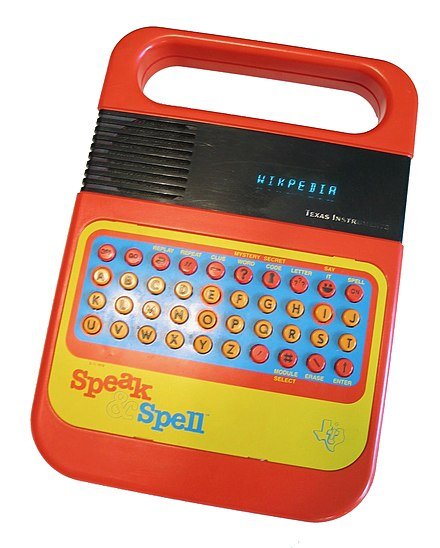
Speak & Scribble
Dictation can be a valuable tool for screenwriters looking to add variety to their writing process. Here are some ways dictation can enhance the craft
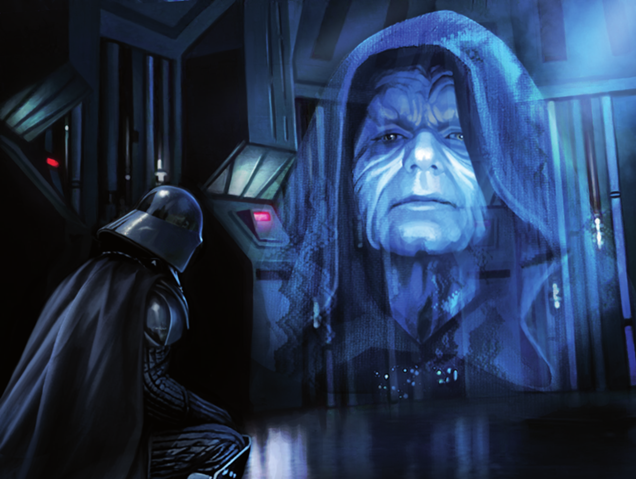
Who’s the boss?
Some reasons why giving your characters a boss can be a valuable addition to your writing toolbox.

Trim to avoid TL;DR
In this TL;DR world, the quicker your script reads, the more likely that people will read it. These tips should help you clean up that messy first draft.

Worthy of Cosplay?
Are your characters visually memorable enough to stand out in a sea of cosplayers at San Diego Comic Convention? It’s a question worth considering for any writer looking to create characters that will capture the imaginations of audiences both on and off the page.

Meet & Greet
Compelling introductions for your characters is your chance to make a lasting impression on your audience and set the tone for the character's journey.

“You got this, Mr. Frodo!”
From providing emotional support to offering comic relief, sidekick characters can add depth, complexity, and a layer of human connection to your screenplay.
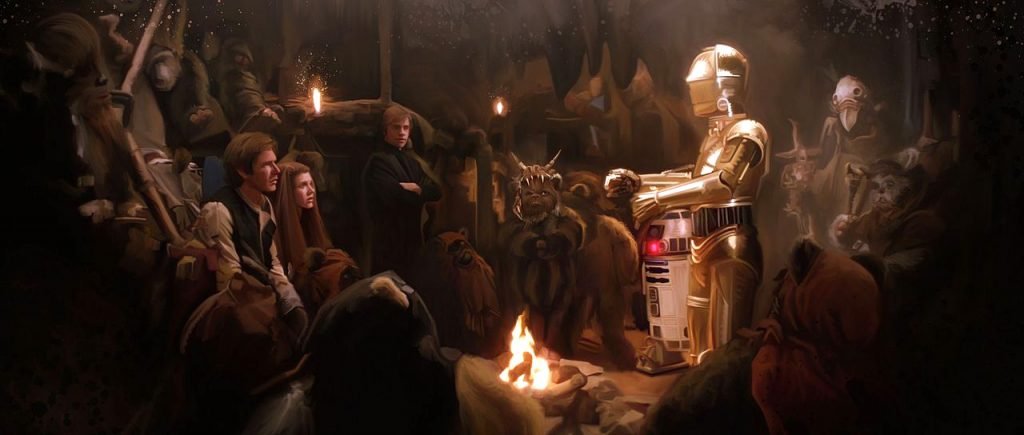
Heaven 17
Whether you're writing a thriller, romance, or comedy, consider how these 17 beats could help you craft a story that keeps your audience on the edge of their seat.

Scribble Rinse Repeat
You've written a killer pilot for your TV show, but what's next? Creating repeatable habits, procedures, and behaviors for your characters, of course!

A pitch template The Suits will love?
Pitching a movie or a TV show can be a daunting task, but with preparation and understanding of the process, it can also be a rewarding experience.

Hard vs. Cozy
For screenwriters looking to delve into the mystery genre, it's essential to understand the differences between two popular subgenres: cozy and hardboiled mysteries.

Villain Variations
Every story needs a great antagonist, a character who challenges the protagonist and drives the conflict of the narrative. But not all villains are created equal.
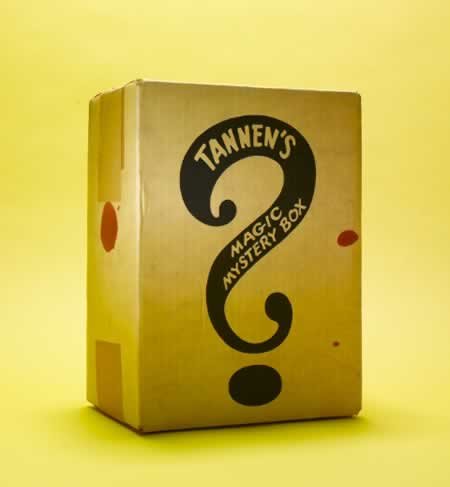
Mystery Box Mountains
Mystery Box storytelling is a term coined by JJ Abrams, the creator of hit TV shows like Lost and Alias. The technique is all about keeping the audience guessing and engaged.

Memorable Moments
Never underestimate the power of a well-crafted and earned yet surprising reversal, reveal, or twist to become a memorable moment that can go viral and infect the fan pop zeitgeist.
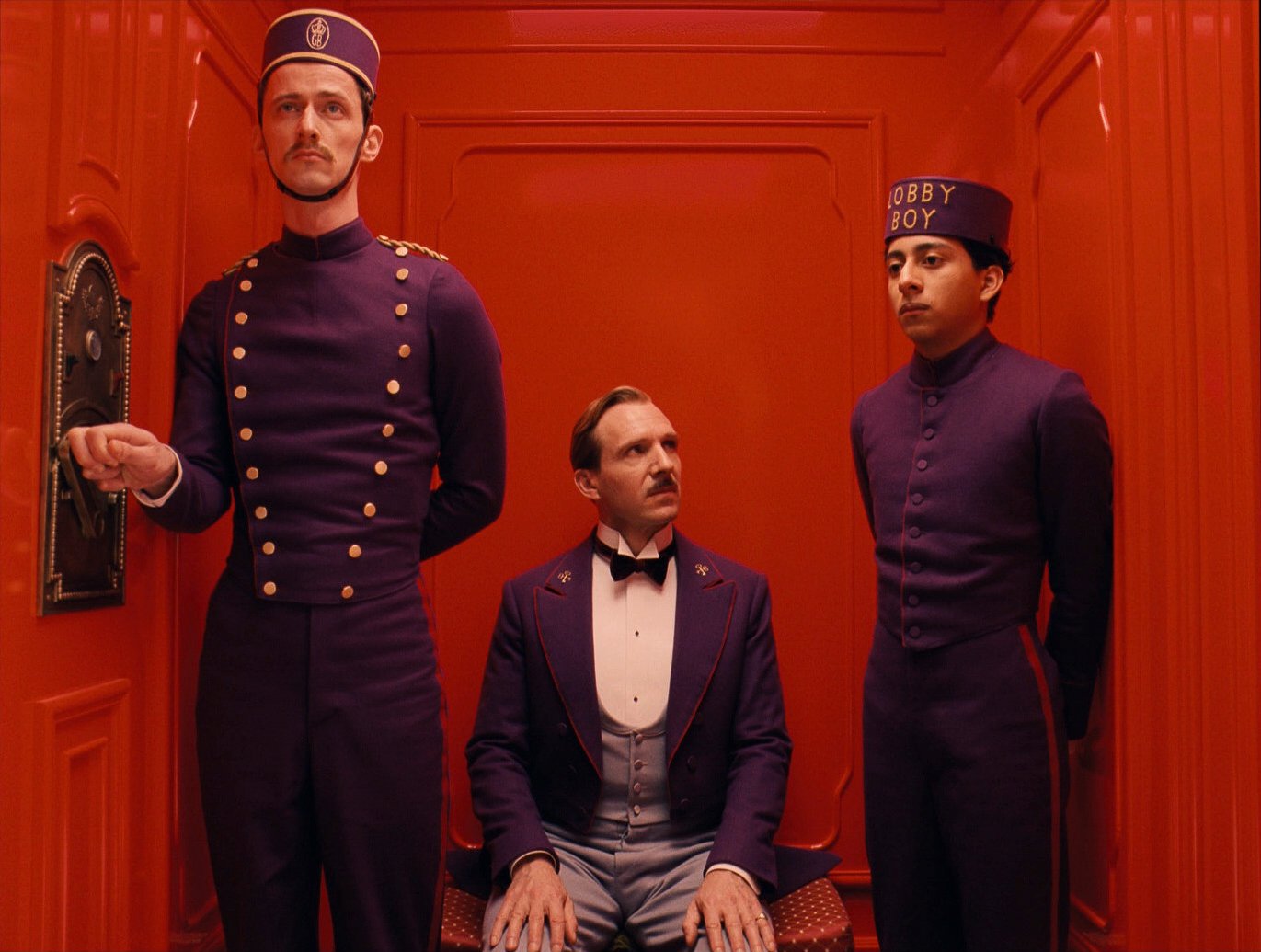
Pitch Prose
Crafting a logline or story paragraph is an essential step in developing a compelling screenplay. It can help focus your ideas, clarify your story's central conflict, and pitch to potential buyers or collaborators.

Wick-Centric World Building
John Wick is a film that will be remembered for years to come as a shining example of how to craft not just an effective action flick but to launch a character-centric franchise.
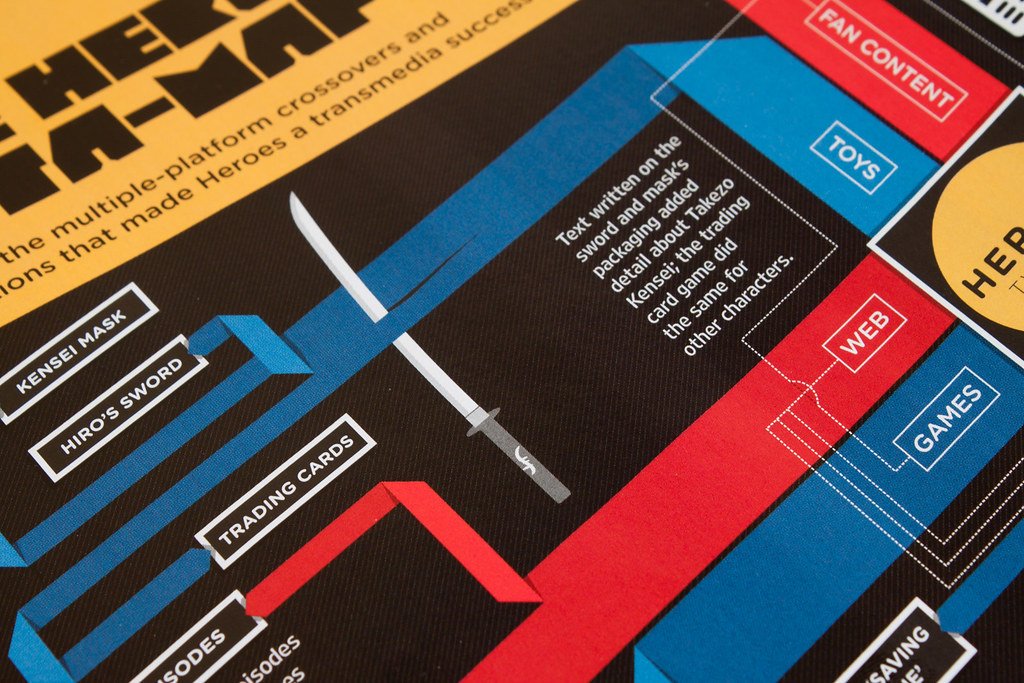
Beyond One Screen
Multiplatform Storytelling isn’t required when introducing a new IP to the world, but it can provide value. Not just for the audience, but the creative team exploring and expanding the fictional world they’re creating.